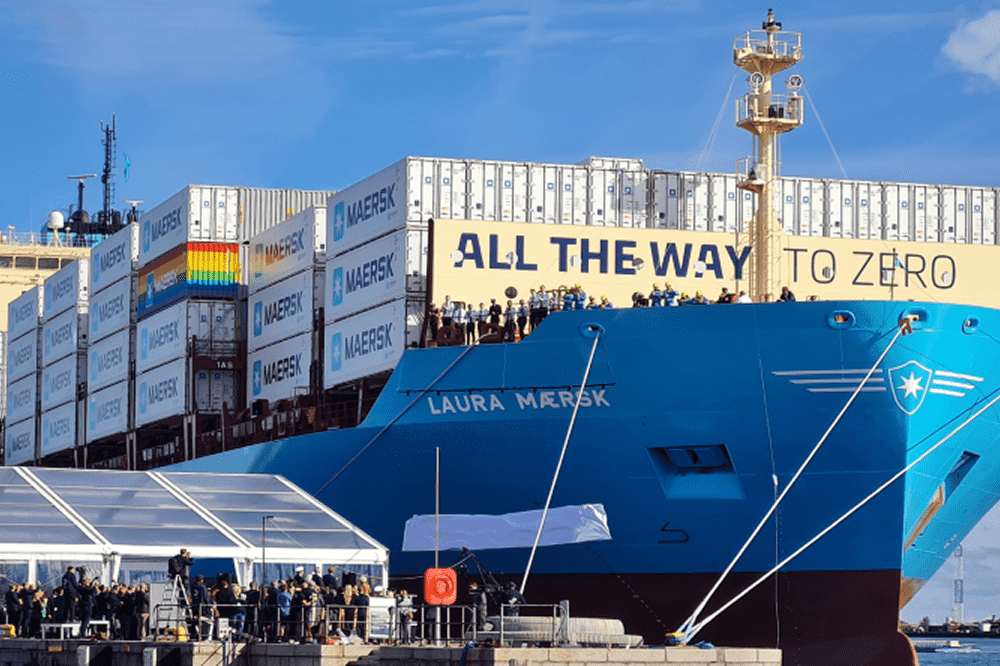Panamax Tanker Talara's Sudden Change of Course Spike Questions of "State Activity"
Panamax tanker Talara vanished from AIS after a sudden course change into Iranian waters, raising UKMTO concerns of possible state involvement.

Maersk has launched onboard trials of a fuel blend composed of 90 % methanol and 10 % ethanol, commonly referred to as E10, on its Laura Maersk, a 2,100 TEU feeder already configured for methanol dual-fuel usage. The test is part of Maersk’s broader efforts to expand its alternative fuel sourcing options.
The Laura Maersk, which has operated on pure methanol for three years without major issues, now serves as a testbed for the ethanol integration. Over a planned one- to one-and-a-half-month period, engineers will assess how the ethanol component affects ignition quality, combustion behavior, corrosion, lubricity, and overall emissions performance compared to baseline methanol.
Fuel availability remains a limiting factor in scaling methanol operations. By blending in ethanol (something that is more widely produced and accessible) Maersk aims to reduce supply chain risk and broaden the number of fuel sources usable for its dual-fuel fleet. As Peter Normark Sørensen, Maersk’s senior fuel transition manager, explained to Splash, the goal is to understand whether ethanol can reliably become part of the future fuel mix.
E10 bunkers are already in use aboard Laura Maersk, enabling real-world data collection across operational conditions. The company is especially attentive to deviations in NOₓ emissions, as well as any degradation in fuel system performance, compared with pure methanol use.
Maersk’s approach mirrors its long-term target of sourcing 15–20 % of its marine fuel from alternatives by 2030, a strategy the company has flagged in prior disclosures. The E10 trials aboard Laura Maersk may well shape whether ethanol becomes a practical supplement, or fallback, for methanol-centric fuel strategies in the green transition.